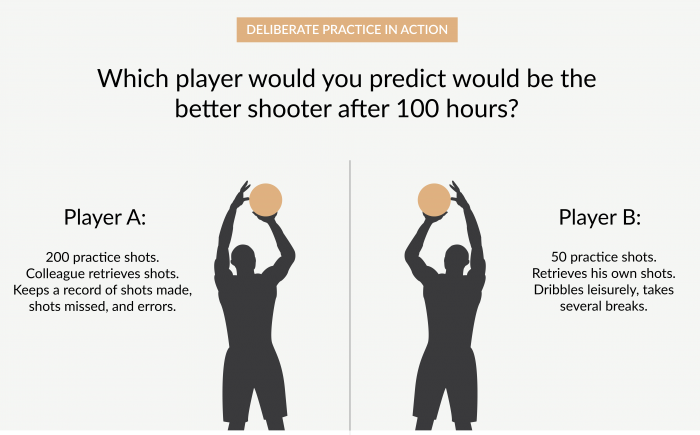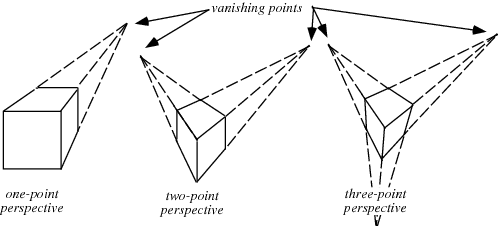We use cookies
Using our site means you agree to the use of cookies and similar technologies. Read about our policy and how to disable them here
 WSG's haul from the 2015 competition season.[/caption]
Competition is a great way to check progress beyond your usual circle. So is sparring outside of your club, as I helped establish Waterloo Sparrring Group for.
These are two extreme examples of the way variables can affect fencing results. The other major issue is that getting good is not a linear progression. You can put in a lot of effort and notice little result. Then one day something clicks, and your fencing improves hugely in a short period. Not only that, but sometimes you will get worse as you get better. Trying to incorporate new techniques and tactics results in worse fencing, as measured by the old yardstick: “Did I hit him? Did he hit me?”. You suck at the new things you’re trying, and you’re not using the things you’re experienced at and best at. Not only are there plateaus, there are dips. Simply following “how well I fenced today” can give an incorrect impression of development.
WSG's haul from the 2015 competition season.[/caption]
Competition is a great way to check progress beyond your usual circle. So is sparring outside of your club, as I helped establish Waterloo Sparrring Group for.
These are two extreme examples of the way variables can affect fencing results. The other major issue is that getting good is not a linear progression. You can put in a lot of effort and notice little result. Then one day something clicks, and your fencing improves hugely in a short period. Not only that, but sometimes you will get worse as you get better. Trying to incorporate new techniques and tactics results in worse fencing, as measured by the old yardstick: “Did I hit him? Did he hit me?”. You suck at the new things you’re trying, and you’re not using the things you’re experienced at and best at. Not only are there plateaus, there are dips. Simply following “how well I fenced today” can give an incorrect impression of development.
 Beware, in all this training, of putting too much pressure on yourself. These are strategies to improve as fast as possible. As fast as possible is as fast as possible. Faster is, by definition, not possible. So do not stress that you should be improving more quickly.
Beware, in all this training, of putting too much pressure on yourself. These are strategies to improve as fast as possible. As fast as possible is as fast as possible. Faster is, by definition, not possible. So do not stress that you should be improving more quickly.
 Another aspect of measuring your fencing is to get outside perspectives. I always try to ask my sparring partners what I could do better. I try as often as possible to have a third party standing by watching for feedback. Whenever I can, I put a camera in that third party’s hands. Video has the amazing quality of making your flaws obvious. Painfully obvious. When you use it, please remember what I said about not being too hard on yourself. You don’t move like you imagine you move. In my dreams I float like a butterfly and sting like a bee. On film, I do both like a water buffalo. Still, I make myself watch so that I learn.
[caption id="attachment_612" align="aligncenter" width="300"]
Another aspect of measuring your fencing is to get outside perspectives. I always try to ask my sparring partners what I could do better. I try as often as possible to have a third party standing by watching for feedback. Whenever I can, I put a camera in that third party’s hands. Video has the amazing quality of making your flaws obvious. Painfully obvious. When you use it, please remember what I said about not being too hard on yourself. You don’t move like you imagine you move. In my dreams I float like a butterfly and sting like a bee. On film, I do both like a water buffalo. Still, I make myself watch so that I learn.
[caption id="attachment_612" align="aligncenter" width="300"] Piermarco and Sasha keep meeting in the finals for some reason.[/caption]
Finally, please remember that your coach exists to help you. They're also (probably) experienced in watching fencing, understanding it, and giving advice. Take advantage of them by getting feedback, and make use of them by acting on that feedback.
Piermarco and Sasha keep meeting in the finals for some reason.[/caption]
Finally, please remember that your coach exists to help you. They're also (probably) experienced in watching fencing, understanding it, and giving advice. Take advantage of them by getting feedback, and make use of them by acting on that feedback.
